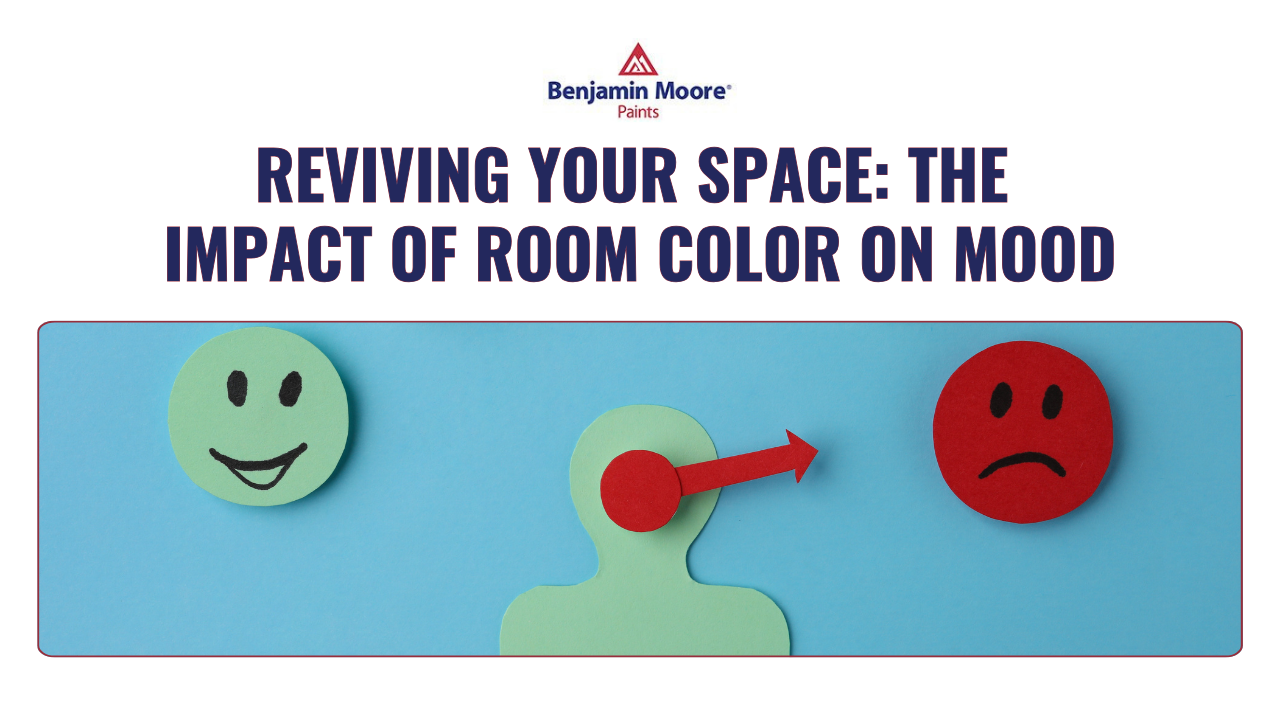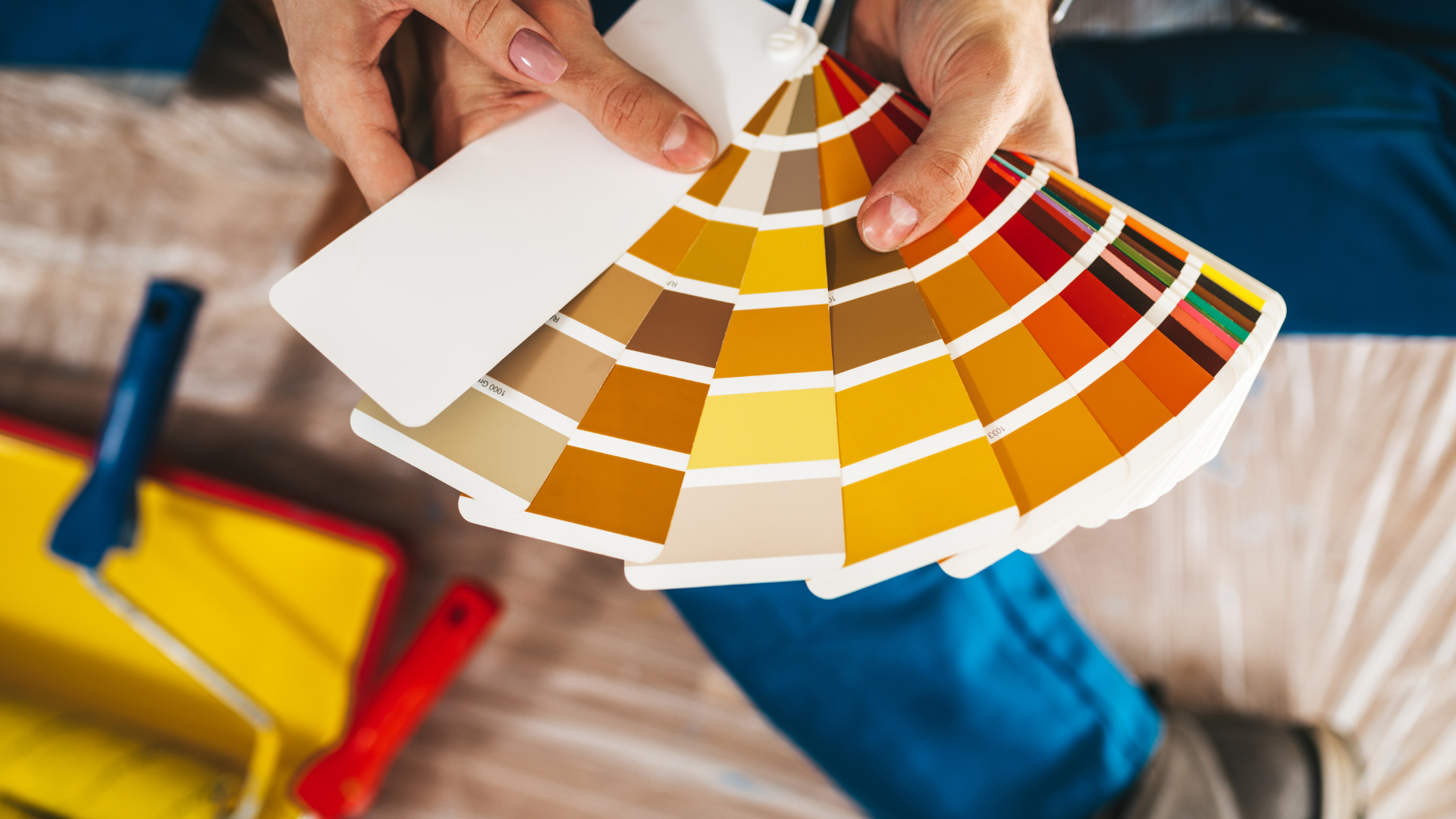
We’ve all walked into a room and instantly noticed how its color scheme influences our feelings. The colors of our environment unquestionably affect us, whether we’re conscious of it or not. They have the power to control our moods, alter our emotions, and influence our behaviors. This article aims to shed light on how these hues enveloping our living spaces affect our state of mind and how we can utilize them effectively to create a healthier, more enjoyable home environment.
The Color Psychology

Color psychology is the fascinating science of how color affects human behavior. The concept dates back to ancient Egyptians who studied the effect of color on mood. Unsurprisingly, there’s a whole rainbow of reactions out there.
- Blue: Often associated with feelings of serenity, blue is known to lower blood pressure and heart rates, making it an ideal color for creating a calming and peaceful environment in bedrooms and bathrooms.
- Red: A color of intensity, red is known to raise energy levels, quicken the pulse, and stimulate appetite, making it a popular choice for dining rooms and kitchens.
- Green: Reminiscent of nature, green promotes tranquility and health, creating soothing effects in a space. It is often used in living rooms and home offices to foster a sense of balance and relaxation.
- Yellow: The color of sunshine, yellow uplifts and energizes, providing feelings of happiness and creativity. It is perfect for playrooms and kitchens, where an energetic vibe is desired.
- Purple: Historically associated with royalty, purple can add a sense of luxury and sophistication to a room. Lighter shades like lavender are calming, making them suitable for bedrooms.
- Orange: A vibrant and energetic color, orange can stimulate activity and excitement. It works well in exercise rooms or creative spaces where high energy is desired.
Choosing the Right Colors for Your Rooms
When thinking about transforming your room, consider these principles:
1. Consider the Room’s Purpose:
- A room’s purpose greatly dictates its ideal color scheme. For example, a study or home office would benefit from calming blues or greens that help improve focus and efficiency, while a playroom would benefit from the vibrancy and energy that colors like yellow and orange provide.
2. Factor in Natural Lighting:
- Natural light brings out the truest colors, so rooms with plenty of sunlight allow for a wider range of color possibilities. Darker rooms, on the other hand, might require brighter or lighter colored paints to prevent the space from feeling too cramped or gloomy.
3. Play with Shades and Hues:
- A color’s shade can dramatically alter its emotional impact. A strong, dark blue can feel somber, while a light, sky blue feels more cheerful. Don’t be afraid to test different shades of a color to find the perfect fit!
4. Consider the Room’s Size:
- Light colors can make a small room appear larger and more open, while dark colors can make a large room feel more intimate and cozy. Consider having an accent wall to play with this effect.
The Takeaway

At its core, your home should be a reflection of you – your character, your interests, and your experiences. As such, the colors that adorn its walls should speak true to your tastes. If you’re planning to give your space a fresh, new look, remember to choose colors that not only beautify but also enhance the emotional and psychological well-being of its inhabitants. After all, home is not just a place, it’s a feeling.
Revive your space, then, with a thoughtful approach to color. It may seem simple, but the impact can be profound. Here’s to creating beautiful and mood-boosting spaces, one hue at a time!
